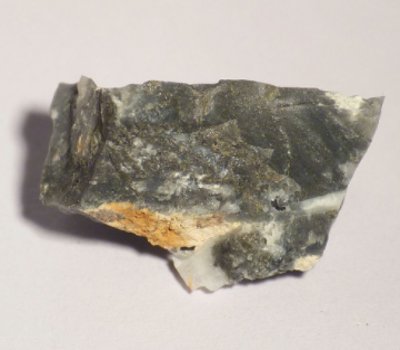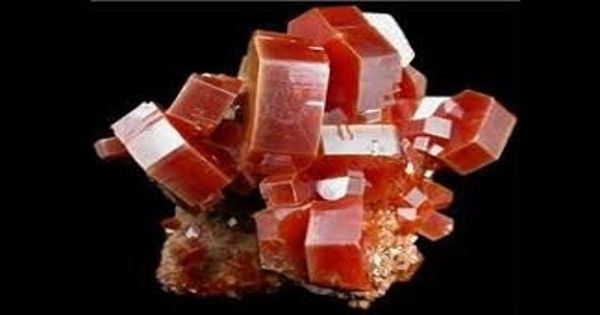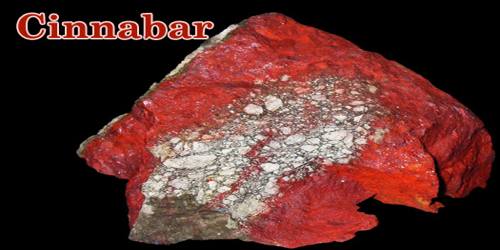Hemusite is a very rare isometric gray mineral containing copper, molybdenum, sulfur, and tin with chemical formula Cu6SnMoS8. It was discovered by Bulgarian mineralogist Georgi Terziev in 1963. He also described it and named it after Haemus, the ancient name of Stara Planina (Balkan) mountains in Europe.
General Information
- Category: Sulfosalt minerals, Sulfides
- Formula: Cu6SnMoS8
- Crystal system: Isometric
- Hardness: 4 – Fluorite

Fig: Hemusite – rare isometric gray mineral
Properties
It is an isometric gray mineral containing copper, molybdenum, sulfur, and tin.
- Color: gray
- Mohs scale hardness: 4
- Luster: metallic
- Diaphaneity: Opaque
- Density: 4.469
- Habit: Microscopic Crystals – Crystals visible only with microscopes.
Occurrence
Hemusite occurs as rounded isometric grains and aggregates usually about 0.05 mm in diameter and in association with enargite, luzonite, colusite, stannoidite, renierite, tennantite, chalcopyrite, pyrite, and other minerals.
The type locality is Chelopech copper ore deposit, Bulgaria. Later tiny deposits of hemusite were found in Ozernovskoe deposit, Kamchatka, Russia; Kawazu mine, Rendaiji, Shimoda city, Chūbu region, Honshu Island, Japan; Iriki mine, Iriki, Satsuma-gun, Kagoshima Prefecture, Kyushu Region, Japan; Kochbulak deposit, Tashkent, Uzbekistan.
Information Source:
















